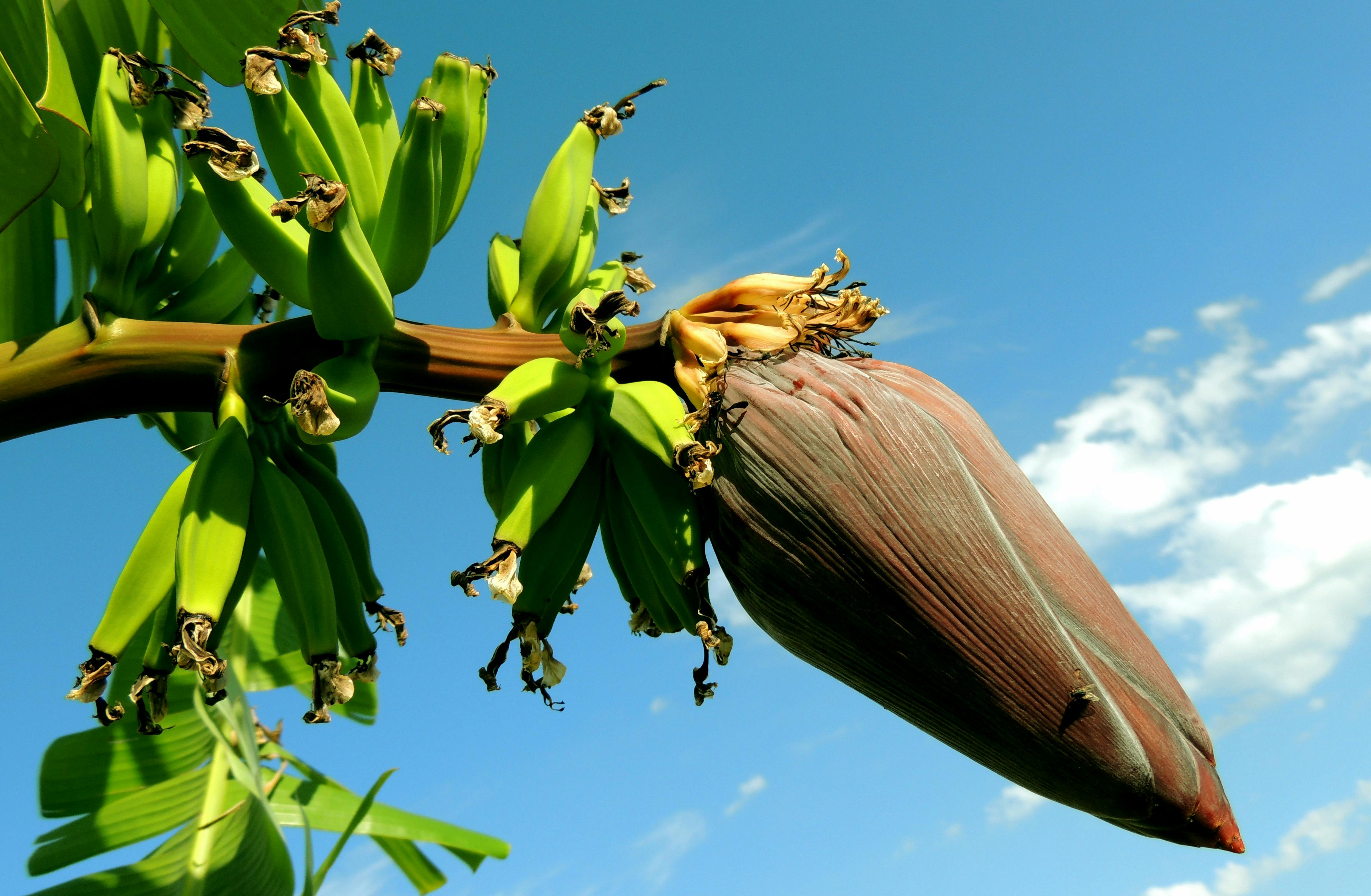The Pros and Cons of Growing a Banana Tree: What You Need to Know
Banana trees are a fascinating and tropical addition to any garden, and there are many pros and cons to consider before deciding whether to grow one yourself. In this article, we’ll explore the origins of banana trees, the benefits of growing one in your yard or garden, the potential drawbacks, and some tips for maintaining a healthy and vibrant banana tree. If you’re interested in learning more about this unique plant and whether it’s right for you, keep reading!
Where do banana trees come from?
Banana trees, also known as Musa acuminata, are a fascinating plant species with a rich history and diverse uses. Believed to have originated in Southeast Asia, these trees have been cultivated for thousands of years and have spread across the globe.
The benefits of banana trees are numerous. Not only do they provide delicious and nutritious fruit, but they also offer shade and ornamental value in gardens and landscapes. Additionally, their leaves can be used for cooking, wrapping food, or making crafts.

However, there are also some drawbacks to banana tree cultivation. These plants require warm temperatures and ample water to thrive, which can be challenging in arid or cooler climates. They are also susceptible to diseases such as Panama disease and black Sigatoka fungus.
Despite these challenges, the popularity of bananas continues to grow worldwide. Whether enjoyed as a snack or incorporated into recipes ranging from smoothies to baked goods to savory dishes like curries or stews – it’s not hard to see why this tropical fruit is so beloved.
Overall, understanding the origins and properties of banana trees is an important step towards fully appreciating this versatile plant species – both its potential advantages and limitations should be taken into account when deciding whether or not it’s right for your garden or community agricultural project.
What are the pros of growing a banana tree in your yard or garden?
Growing a banana tree in your yard or garden can bring a host of benefits that go beyond just having fresh bananas at your fingertips.
Firstly, banana trees are incredibly easy to grow and require minimal maintenance. They are also highly adaptable and can thrive in a variety of climates, making them an ideal choice for gardeners around the world.
In addition to their ease of growth, banana trees offer a multitude of environmental benefits. They absorb carbon dioxide from the air and release oxygen, improving air quality and helping combat climate change. Their large leaves also provide shade and shelter for other plants, creating a thriving ecosystem in your yard or garden.
But perhaps the most enticing benefit of growing a banana tree is the nutritional value it provides. Bananas are packed with essential vitamins and minerals such as potassium, fiber, vitamin C, and vitamin B6. By growing your own bananas at home, you have access to fresh fruit that is free from harmful pesticides or chemicals often found in store-bought produce.
Overall, growing a banana tree is not only beneficial for your health but also for the environment around you. So why not give it a try? With minimal effort required and so many advantages to reap, it’s hard to say no to this tropical delight!
What are the cons of growing a banana tree in your yard or garden?
While growing a banana tree in your yard or garden may seem like a tropical dream come true, there are several cons to consider before taking on this endeavor.
Firstly, banana trees require specific growing conditions that may not be suitable for every region. They thrive in warm and humid climates, and may struggle to survive in areas with harsh winters or prolonged droughts.

Additionally, banana trees are susceptible to diseases such as Panama disease and black sigatoka, which can quickly spread throughout the plant and infect neighboring crops. This not only poses a risk to the health of your own plants but also to the wider ecosystem.
Furthermore, harvesting bananas from a tree can be a labor-intensive process that requires careful attention to detail. The fruit must be cut at just the right time and handled delicately during transport to avoid bruising or damage.
Lastly, if you live in an area with wildlife such as monkeys or deer, they may view your banana tree as an easy food source and cause damage to both the tree itself and any surrounding vegetation.
While growing a banana tree can certainly provide delicious fruits for consumption, it is important for potential gardeners to weigh these cons against their desire for fresh bananas before committing fully.
Tips for growing and maintaining a banana tree.
Growing and maintaining a banana tree can be both rewarding and challenging. It requires careful attention to detail, as well as a deep understanding of the plant’s unique needs. Here are some tips for ensuring that your banana tree thrives:
1. Location is key: Banana trees require plenty of sunlight and warmth, so choose a location that receives at least six hours of direct sunlight per day.

« how to make banana on little alchemy
cavendish banana alternatives »
2. Soil matters: Bananas prefer well-draining soil with high levels of organic matter. If your soil is too heavy or clay-like, consider adding compost or sand to improve drainage.
3. Water wisely: While bananas need regular watering, they don’t like to be overwatered. Aim for about an inch of water per week, adjusting as needed based on rainfall and temperature.
4. Fertilize regularly: Bananas are heavy feeders and require regular applications of balanced fertilizer to thrive.
5. Prune with care: Removing dead leaves and suckers can help your banana tree focus its energy on producing fruit, but be careful not to remove too many healthy leaves or you risk damaging the plant.
While growing a banana tree may seem intimidating at first, following these tips will help ensure success in cultivating this delicious tropical fruit!
Check out our other articles to find out even more about banana.
Banana trees have a long and interesting history, with many advantages to having one in your yard or garden. They are relatively easy to take care of and can produce delicious fruit. While there may be some drawbacks associated with growing them, they still make a great addition to any backyard. If you’re interested in learning more about the pros and cons of banana trees, as well as some helpful tips for taking care of them, check out our other articles to find out even more about bananas!
















